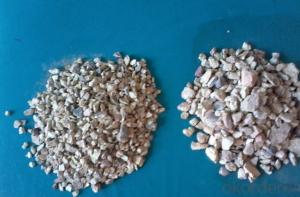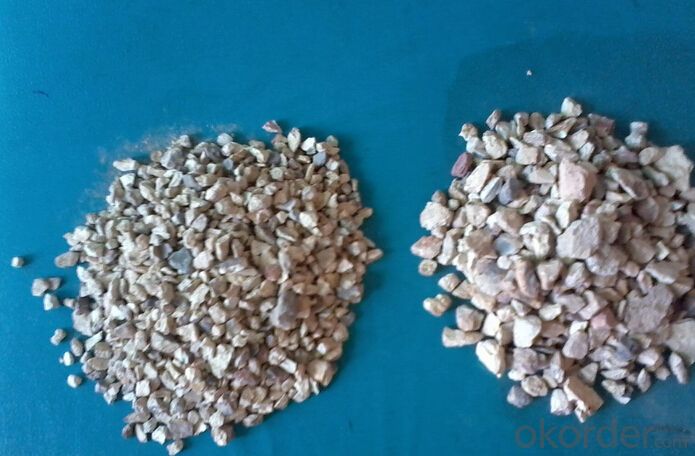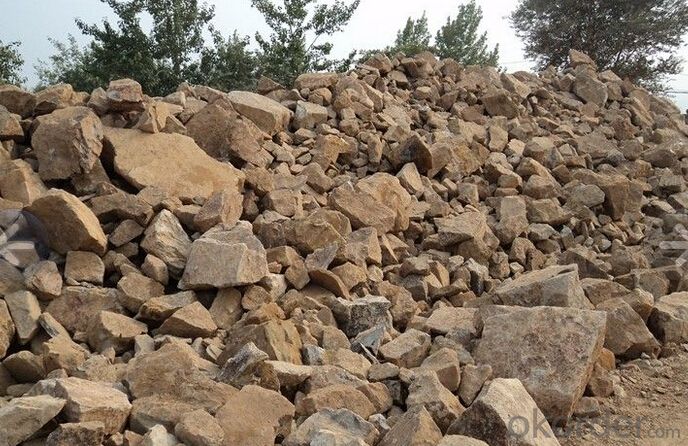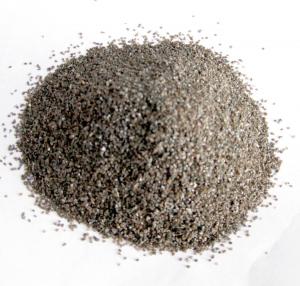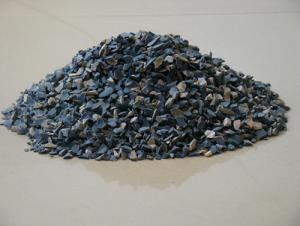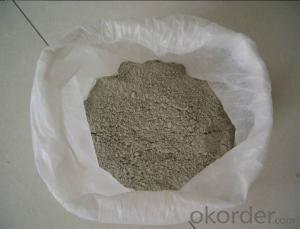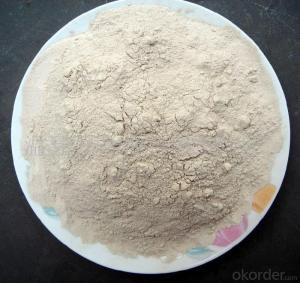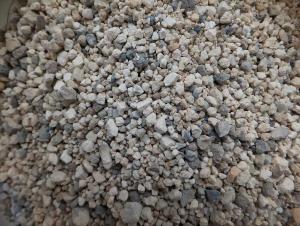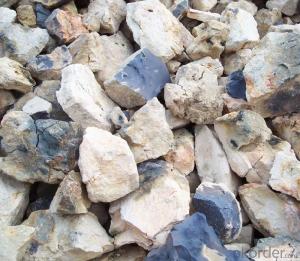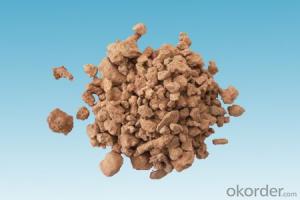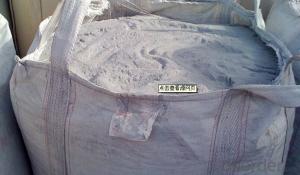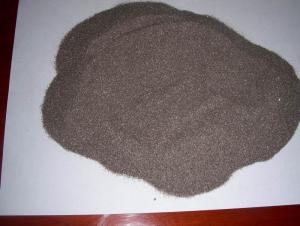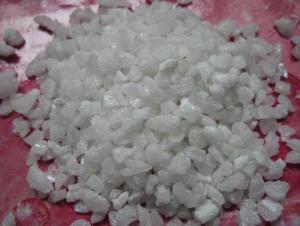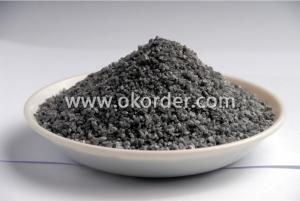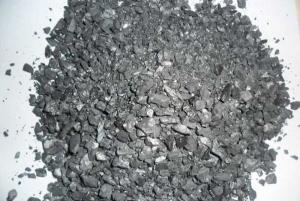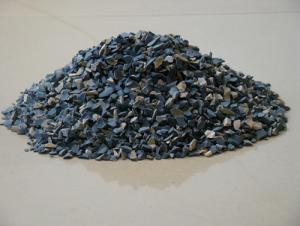Raw Materials for Refractory:Popular in Russia Calcined Bauxite for Furnace Applications
- Loading Port:
- Tianjin
- Payment Terms:
- TT OR LC
- Min Order Qty:
- 20000 m.t.
- Supply Capability:
- 10000000 m.t./month
OKorder Service Pledge
OKorder Financial Service
You Might Also Like
1.Structure of Calcined Bauxite Description
Bauxite (aluminous soil; Bauxite) is also called the alumina or bauxite, main ingredients are alumina, hydrated alumina containing impurities, is an earthy mineral. White or gray, brown and yellow or light red by iron.
2.Main Features of the Calcined Bauxite
Calcined bauxite is one of the principal ore of aluminum. Calcined bauxite contains hydrous aluminum oxides and aluminum
3.Main usage of the Calcined Bauxite
(1) aluminium industry. Used in national defense, aerospace, automotive, electronics, chemical industry, daily necessities, etc.
(2) precision casting. Alumina clinker made after the mould precision casting processed into fine powder. Used in military industry, aerospace, communications, instrumentation, machinery and medical equipment department.
(3) is used for refractory products. High bauxite clinker refractoriness is as high as 1780, chemical stability strong, and good physical properties.
4. Calcined Bauxite Images
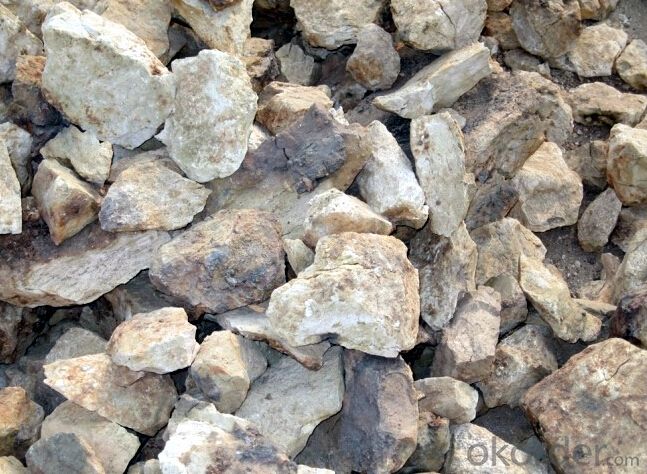
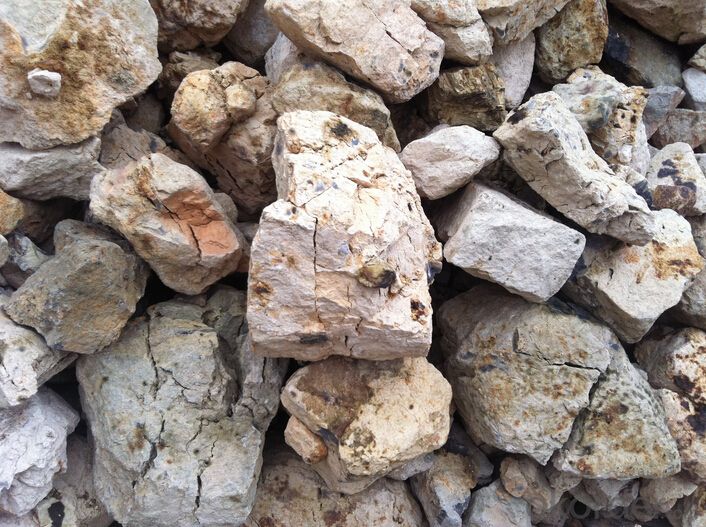
5. Calcined Bauxite Specification
Rotary Kiln Calcined Bauxite SEMI L.F Specification : Al2O3 : 83.00 + % Fe2O3 : 3.5 % SIO2 : 5 To 6% Cao : 2.5% TIO2 : 4 % , Size : 0-1MM OR 1-3MM
Rotary Kiln Calcined Bauxite G.G.NO.1 Specification : Al2O3 : 80.00 + % Fe2O3 : 3.8 % SIO2 : 6 To 8% Cao : 2.2 To 2.5% TIO2 : 5 To 6 % , 0-1MM OR 1-3MM
Rotary Kiln Calcined Bauxite G.G No.2 Specification : Al2O3 : 78 % Fe2O3 : 4 TO 4.2% SIO2 : 8 To 9 % TIO2 : 6.00 % Cao : 2.50 % , Size : 0-1MM OR 1-3MM
Rotary Kiln Calcined Bauxite G.G No.3 Specification : Al2O3 : 75 % Fe2O3 : 4 TO 4.5% SIO2 : 9 To 11 % TIO2 : 5.00 % Cao : 3.00 % Size : 0-1MM OR 1-3MM
Or as per buyes requirements.
6.FAQ of Calcined Bauxite
1). Q: Are you a factory or trading company?
A: We are a factory.
2). Q: Where is your factory located? How can I visit there?
A: Our factory is located in ShanXi, HeNan, China. You are warmly welcomed to visit us!
3). Q: How can I get some samples?
A: Please connect me for samples
4). Q: Can the price be cheaper?
A: Of course, you will be offered a good discount for big amount.
- Q: Can anyone tell me what is A-leve fireproof material?
- Combustion performance of materials can be divided into: A-level, B1-level, B2-level and B3-level, which respectively refer to noncombustible, difficult-flammble, flammable and inflammable materials. Building materials can be divided into four grades based on combustion performance (noninflammability, flame retardancy, flammability and inflammability). According to the stipulation of "Specification of Fireproof Design for Buildings" (GBJ16-1987) (2001 revised edition), fire hazard of production or storage should be divided into A-level, B-level, C-level, D-level and E-level. In "Specifications on Fireproof Design for Petrochemical Enterprises" (GB50160--1992) (1999 Revision), it also stipulates that fire hazard should be classified on the same basis of subtsance danger in usage, production or storage. According to different fire hazard, requirements and measures of oreventing and restricting fire explosion can be put forward from the aspects of fire?separation distance, fire resistant rating of buildings, allowed floors, safe evacuation, fire fighting facilities and other aspects.
- Q: I wanna ask that magnesium oxide is refractory?
- Magnesium oxide is used in refractory material, because it has the following characteristics and properties: 1, high stability: Anti-oxidation, anti-reduction, thermal decomposition; 2, high melting point, 2800 degrees; 3, low prices. In particular, the stability and melting point is very good, I hope I can give you help.
- Q: What a blast furnace refractories generally?
- refractories for blast furnace include carbon brick and silicon-aluminum refractory. BF carbon brick inlcudes half-carbon charcoal bricks, microporous charcoal brick, ultra porous charcoal bricks, graphitic brick and mould pressing charcoal brick. tiles and molded graphite small charcoal bricks. I hope my answers above are helpful to you and your ideal anwers.
- Q: What are the structural properties of refractory materials provided by the manufacturer of the refractories include?
- Metal oxides have very good resistance to high temperature, such as: three, two aluminum oxide, Magnesium Oxide...
- Q: What are the characteristics of the carbon composite refractories?
- The features of carbon composite refractories: 1. It is with an aggressive high thermal shock resistance 2. Good resistance to molten steel and slag
- Q: How is the fire endurance of the fireproof paint?
- Fireproof endurance. fire resistance test of certain building components showed by standard time temperature curve from starting of fire to lose the supporting capabilities or its integrity or fireproof property. The fire proof endurance is 5hours.
- Q: Why should graphitic refractory materials be used now that graphite can burn?
- In theory, any substance can burn as long as certain temperature is reached. Graphite is turned from diamond under anaerobic condition and at high temperature of 2 000 ~ 3 000 ℃. that is to say, ignition point of graphite (lamellar graphite ) under anaerobic condition will be at least above 3 000 ℃. There are many types of graphite, and their ignition points are also different. Ignition point of pyrolytic graphite is much low. Except for a few cutting-edge areas, fire endurance demand for most areas in daily life (eg. brake pad will add a certain amount of graphite) is under 1000 ℃. Therefore, graphite can be used as refractory material. That is, graphite can both burn and can be used as refractory material, which are not contradictory.
- Q: It the Special Fire-Proof Material belonged to ceramics? Is there a national standard of the Special Fire-Proof Material?
- The fiber and reinforcing material of the metal ceramic is also belonged to the Special Fire-Proof Material. ~~~~GB is too much trouble, GB online should ~~~ Lei Bao Refractories for you. The high temperature inorganic coating. 5. The refractory compound. 3. The high melting point oxide. You can search it on the internet according to the classification~~~~ The special refractories can be divided into five categories: 1. metal ceramic
- Q: Why the corundum can be used as refractory
- It can resiatant to friction wear.The alumina material is a kind of neutral material with high temperature resistance, anti-acid, anti-corrosion, alkali resistance, and high hardness of corundum. The disadvantage is the poor thermal shock resistance, the main chemical composition of corundum is aluminium oxide and the melting point of corundum is 2080 degrees
- Q: who knows the fire endurance of fireproof coating?
- It's fire endurance is 3hours. Fire endurance test of certain building components showed by standard time temperature curve from the starting of fire to lose of supporting capabilities or its integrity or fireproof property. unit time is one hour.
Send your message to us
Raw Materials for Refractory:Popular in Russia Calcined Bauxite for Furnace Applications
- Loading Port:
- Tianjin
- Payment Terms:
- TT OR LC
- Min Order Qty:
- 20000 m.t.
- Supply Capability:
- 10000000 m.t./month
OKorder Service Pledge
OKorder Financial Service
Similar products
Hot products
Hot Searches
Related keywords
